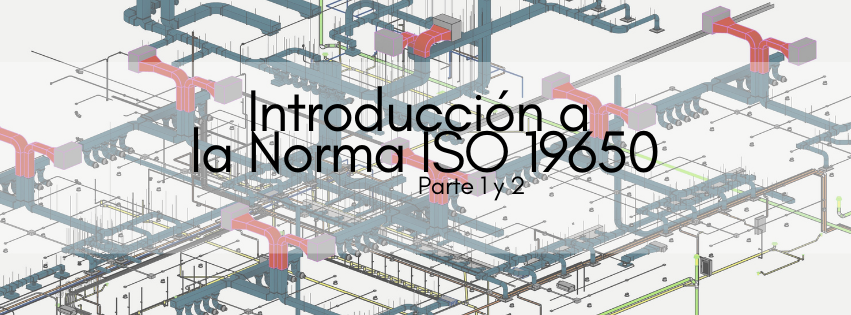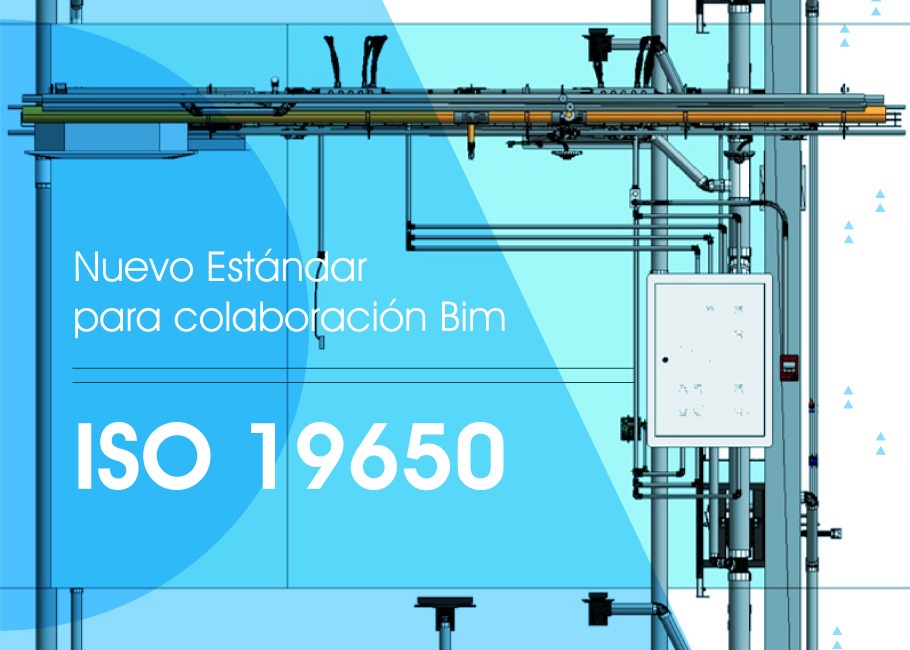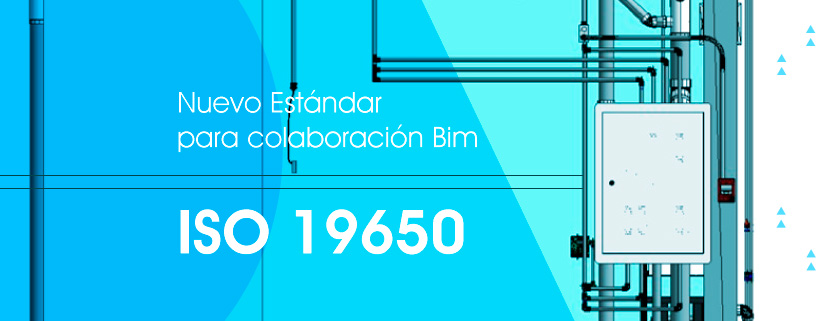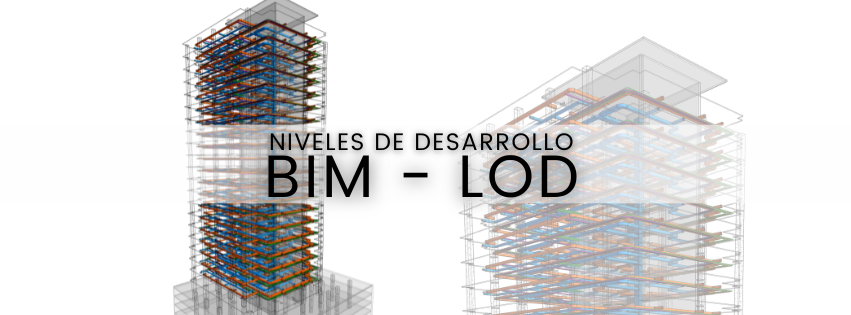
WHAT IS THE ISO 19650?
The ISO 19650 is an international standard that defines the use and management of information throughout the life cycle of the project using BIM (Building Information Modelling), is closely aligned with british standards current 1192, is applicable to projects and built assets of any size.
The methodology BIM states that the collaboration between the participants involved in the project is essential to carry out a development project efficiently.
The rule states that to be able to work in a collaborative way is necessary to have a Common Environment Data (CDE), agreed to collect, manage and distribute information.
The standard divides the management of information in two phases:
PHASES OF THE ISO 19650
The appropriate application of the standard ISO 19650 have as a result:
- Clear definition of the information required by the client.
- Least amount of information with higher quality to meet the defined needs.
- Efficient communication of project information among the people involved in the phase of development and the operation phase of the project.
So far they have released two ISO standards ISO 19650-1 (Concepts and Principles) and ISO 19650-2 (about the Stage of development of the assets) and two are in development
ISO 19650-1 gives guidelines for information and the exchange of data in the CDE Environment (Common Data) are managed in a structured and safe.

The CDE is structured depending on the state of the information:
- Work in progress: this refers to information that is developing a team, with documents are not validated or verified by the rest of the collaborators on the project that is developing concepts and/or partial models.
- Share: this state allows the project to be collaborative, in this phase of the CDE teams to share information that was previously approved by the coordinator BIM of each discipline. The information shared must be visible for all to see, but not editable. If it requires editing a container of information must be returned to the state work in progress so that the author can edit it and send it again.
- Published: The published state is used for information that has been authorized for use and approved to share with the client, the authorization given to you by the BIM Project Manager of the organization (project management team).
Filed: It is used to obsolete material or replaced and to save the information that is required to make the model As built.
Following this process, the standard ensures the successful collaboration in the project.
The ISO 19650-2 establishes guidelines for managing the information in a procurement process, the flow of this process is the following:
- Needs assessment: in this phase, the contracting party must evaluate the needs of the contract
- Request for bids: in this phase, the contracting party should establish the requirements for exchange of information, submission of bids and evaluation criteria, and collect the information related to the tender.
- Submission of bids: the contractor should ask the party to hire the following: appoint representatives who will manage the information, set the execution plan BIM, set a box of risks, and collect deal information from the computer.
- Recruitment: in this phase, the contracted party must: develop the execution plan BIM project, specify an array of responsibilities, establish the requirements for the exchange of information, programs for the development of the information and a general programme.
- Mobilization: in this phase, the contracted party must; to mobilize resources, information technology and test methods and procedures for the optimum development of the project.
- Collaborative production of information: this phase each team must check the availability of the information of the shared resources, to produce information, perform an internal quality control, review and approve the exchange of information and the information model.
- Delivery of the model information.
- End of the development phase.
Finally, we want to share with you the introduction to the ISO 19650 are you interested in obtaining it? Leave your email and will be happy to send you one.









